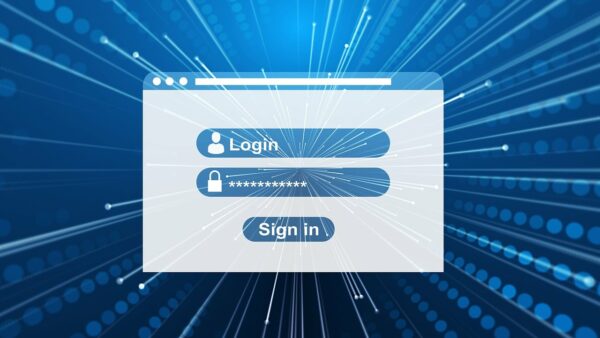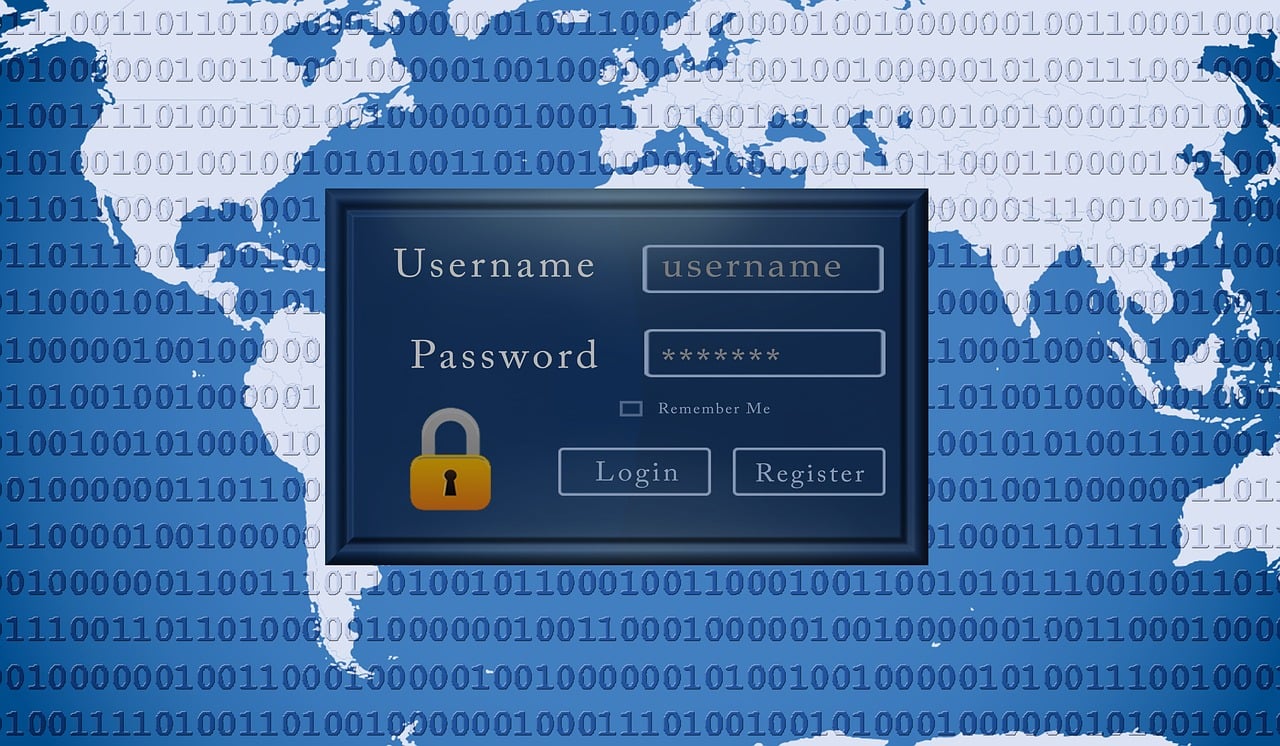Remembering passwords is difficult. Breaking passwords (with the right tech tools) is easier than we’d like to think. And reusing passwords is incredibly risky.
Benefits of a password manager
Enter the password manager. A password manager is a secure tool that stores all your login credentials in an encrypted vault. It helps you create and manage unique, complex passwords for all your accounts. You only need to remember one strong master password to access all your stored passwords. This increases the security of your accounts, and you can also set up additional methods like two-factor authentication for extra security. When you need to log into a website or app, the password manager assists by supplying the right credentials and logging you in after confirming your identity.
The benefits here are numerous:
- You don’t have to remember 137 unique passwords
- You have no incentive to reuse passwords
- Every account gets a unique, complex password
- The process of logging in gets simpler (no guesswork or password resets)
- Your business and personal accounts become exponentially more secure
Implementation strategies
Implementing an enterprise password manager effectively involves a series of strategic steps designed to enhance security and streamline operations within your organization. The first and perhaps most critical step is selecting a password manager that aligns with your specific security requirements and operational needs. This choice should be based on comprehensive research into various password management solutions, considering factors such as encryption standards, ease of use, integration capabilities with existing systems, and customer support.
Secure sharing
A significant feature of any enterprise password manager is its ability to facilitate secure password sharing within the organization. Instead of resorting to insecure methods such as emailing passwords or writing them down, employees can use the password manager to share credentials securely. This capability is particularly valuable in collaborative environments where team members need to access shared resources. Passwords can be assigned to specific teams or individuals, ensuring that only authorized personnel have access to critical credentials. This not only enhances security but also streamlines workflows by providing quick and secure access to necessary information.
Password Organization
Organizing passwords into categories or folders relevant to different teams or projects further enhances the efficiency of the password manager. This categorization allows team members to quickly find the credentials they need without sifting through unrelated passwords. For example, you can create folders for departments such as finance, marketing, and IT, and assign the appropriate passwords to each folder. Assign these folders to the respective teams within the password manager, ensuring that access is tailored to each team’s needs.
Permission Management
Managing permissions is another crucial aspect of implementing an enterprise password manager. Properly setting permissions ensures that sensitive information is only accessible to those who genuinely need it. Within the password manager, you can define roles and responsibilities, specifying who can view, edit, or delete passwords. For instance, while managers may have the ability to edit and delete passwords, regular employees might only have viewing rights. This hierarchical approach to permissions helps maintain a high level of security and accountability.

Permission audits
Regularly reviewing and auditing permissions is essential to maintaining the security of your password management system. As team structures and responsibilities evolve, it is necessary to adjust access permissions accordingly. Periodic audits help identify any discrepancies or unauthorized access, allowing you to take corrective action promptly. This proactive approach ensures that your password management system remains robust and secure over time.
Implementing an enterprise password manager involves careful selection, secure password sharing, organized categorization, and meticulous permission management. By following these steps, your organization can significantly enhance its security posture, streamline access to critical credentials, and foster a culture of security awareness and compliance. A well-implemented password manager not only protects your organization’s digital assets but also empowers employees to work more efficiently and securely.
If you have any questions or need help, feel free to reach out to our expert team. We’re always here to help!
Love This Article? Share It!
Optimize IT operations with Microsoft Intune’s cloud-based device management and policy control, remote work support, and seamless integration with other Microsoft services to boost productivity and enhance security.
A password manager can streamline your security by storing all your credentials in one encrypted vault, simplifying logins with a single master password. Discover implementation tips for enhancing your digital security.
Ransomware attacks are on the rise, threatening businesses of all sizes. Discover how to defend your business with practical tips on preventing attacks and maintaining resilience.
Gain clarity as an accountant on the FTC Safeguards Rule and its implications for your business's data security. Discover effective strategies to ensure your company meets regulatory standards.
Discover six actionable tech tips to enhance your accounting firm's efficiency and security. From cloud adoption to cybersecurity, stay ahead of the curve.
Discover why Multi-Factor Authentication (MFA) is essential for securing your Microsoft 365 account against cyber threats. With simple setup options safeguard your data effectively.
As a business owner, it's difficult to determine which cybersecurity solutions are essential for your small business. Find the right solutions by considering three primary factors: effectiveness, user impact, price.
Learn about the primary and hidden costs that can devastate your business and why proactive cybersecurity measures are essential for safeguarding your company's future.
STAY IN THE LOOP
Subscribe to our free newsletter.










